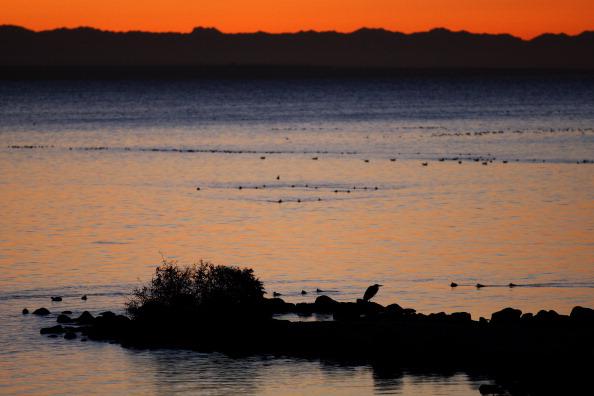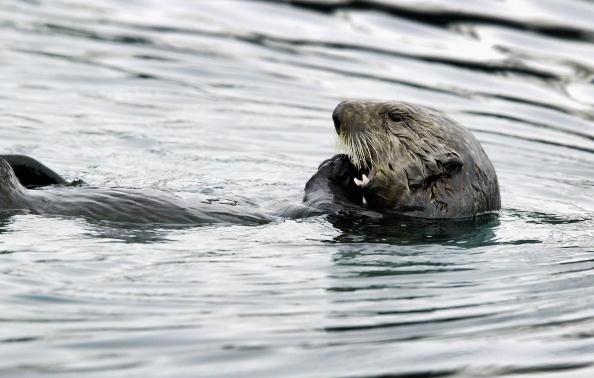Travelers from far and wide come to California’s central coast each year to view the region’s mesmerizing scenery and diverse wildlife. One of the main stopovers for travelers is Moss Landing located in the middle of the Monterey Bay coastline. There you can go kayaking, eat some of the freshest seafood around, and, of course, view sea otters that are consistently spotted in the Moss Landing Harbor throughout the year.
What many travelers don’t know, however, is that the harbor is just one section of a complex, seven-mile long wetland ecosystem rich in unique wildlife and habitat – Elkhorn Slough. The slough is one of 28 National Estuarine Research Reserves in the United States and provides fantastic wildlife viewing, recreation, scientific research, and estuarine education. In addition to sea otters, the slough hosts a large variety of wildlife including the bobcat, mountain lion, Western snowy plover, brown pelican, and California red-legged frog. In fact, over 340 species of resident and migratory birds have been found at the slough, prompting it to be listed as a Globally Important Bird Area by the National Audubon Society.
I had the chance to visit Elkhorn Slough in December 2014 and experience this amazing place for myself. Starting at the Elkhorn Slough National Estuarine Research Reserve Visitor Center, I spent the majority of my time walking along the South Marsh Loop Trail which offers beautiful views of the reserve that are only slightly diminished by the landmark stacks of the Moss Landing Power Plant off in the distance.
I walked down to Hummingbird Island so that I could get close to the main water channel of the slough. From here, I was able to easily spot two sea otters playing in the water and saw through a pair of binoculars at least eight different bird species. It was quiet enough that I could hear the lowing of cows on the opposite side of the slough. Sitting along the water’s edge, watching numerous birds nose dive into the slough to catch fish, I felt an immediate sense of gratification for the existence of such a beautiful, peaceful place.
And Elkhorn Slough’s existence is something special – it is one of the few remaining functioning wetlands in California. Multiple stakeholders have come together to preserve Elkhorn Slough so that it may continue to benefit humans and wildlife alike. Unfortunately, most of the state’s other wetlands have not been so lucky. California has lost approximately 90% of its wetlands and many that remain are considered threatened by human activities and climate change.
Loss of wetlands like Elkhorn Slough means loss of habitat for the hundreds of species that depend on them, many of which are imperiled or endangered. Wetlands are especially critical as stopover areas for migratory birds making exhaustive journeys to and from wintering habitat. Because wetlands like Elkhorn are so important to maintaining healthy lands, wildlife populations and water supplies throughout California, we at Defenders of Wildlife work hard to restore and protect these unique ecosystems through progressive state and federal policy. My trip to Elkhorn Slough was a great reminder of how important this work is, and I encourage you to visit the slough to see firsthand just how special these areas are.
This article was written by Haley Stewart,the California Program Associate at Defenders of Wildlife. This article was republished with permission, original here.



